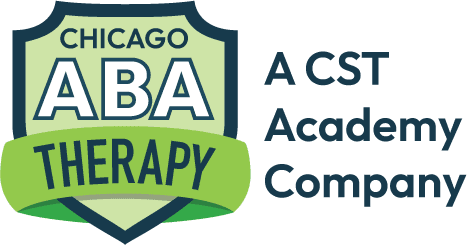Adaptive behavior is a crucial concept in the field of applied behavior analysis (ABA) and special education. It refers to the collection of conceptual, social, and practical skills that people learn and use in their everyday lives. These skills allow individuals to function effectively in social, work, and educational environments. Understanding adaptive behavior is essential for professionals working with individuals with developmental disabilities, including autism spectrum disorder (ASD). This article aims to provide a comprehensive guide to adaptive behavior, its components, assessment, and its importance in ABA therapy.
What is Adaptive Behavior?
Adaptive behavior encompasses a range of skills that individuals need to live independently and to function well in daily life. These skills are typically categorized into three broad areas:
- Conceptual Skills: These include academic skills such as reading, writing, and mathematics, as well as self-direction, which involves making decisions and setting goals.
- Social Skills: These involve interpersonal skills, social responsibility, self-esteem, gullibility, naivety, and the ability to follow rules, obey laws, and avoid being victimized.
- Practical Skills: These are the skills required for daily living, such as personal care, occupational skills, healthcare, travel and transportation, schedules, safety, use of money, and use of the telephone.
The Importance of Adaptive Behavior in ABA Therapy
Adaptive behavior is a key focus in ABA therapy because it directly impacts an individual’s ability to lead a fulfilling and independent life. ABA therapy aims to improve these skills through targeted interventions that are tailored to the individual’s specific needs. Enhancing adaptive behavior can lead to:
- Increased Independence: By developing practical skills, individuals can perform daily tasks without relying on others.
- Improved Social Interactions: Enhancing social skills can lead to better relationships and increased social acceptance.
- Better Academic and Work Performance: Developing conceptual skills can improve performance in educational and occupational settings.
Assessing Adaptive Behavior
Assessing adaptive behavior is a critical step in developing effective ABA interventions. Several standardized tools are used to measure adaptive behavior, including:
- Vineland Adaptive Behavior Scales (VABS): This tool assesses personal and social skills from birth through adulthood.
- Adaptive Behavior Assessment System (ABAS): This comprehensive assessment evaluates adaptive skills across the lifespan.
- Scales of Independent Behavior-Revised (SIB-R): This tool measures functional independence and adaptive behavior.
Strategies for Improving Adaptive Behavior
ABA therapy employs various strategies to enhance adaptive behavior, including:
- Task Analysis: Breaking down complex tasks into smaller, manageable steps and teaching each step individually.
- Modeling and Role-Playing: Demonstrating appropriate behaviors and allowing individuals to practice them in a controlled environment.
- Positive Reinforcement: Using rewards to encourage desired behaviors and skills.
- Prompting and Fading: Providing cues to guide behavior and gradually reducing them as the individual becomes more proficient.
- Social Stories: Using narratives to teach social skills and appropriate responses to social situations.
Case Study: Improving Adaptive Behavior in ABA Therapy
Consider a child with ASD who struggles with personal hygiene tasks such as brushing teeth. An ABA therapist might use task analysis to break down the process into smaller steps:
- Getting the toothbrush
- Applying toothpaste
- Brushing the top teeth
- Brushing the bottom teeth
- Rinsing the mouth
Each step is taught individually using modeling, prompting, and positive reinforcement. Over time, the child learns to complete the entire task independently, improving their adaptive behavior in the area of personal care.
Challenges and Considerations
Improving adaptive behavior in individuals with developmental disabilities can be challenging. Some of the common challenges include:
- Generalization: Skills learned in one setting may not easily transfer to other settings. Therapists need to work on generalizing skills across different environments and situations.
- Motivation: Individuals may not always be motivated to learn new skills. Identifying appropriate reinforcers and creating motivating environments is crucial.
- Consistency: Consistent implementation of interventions across different settings (home, school, community) is essential for success.
Conclusion
Adaptive behavior is a foundational concept in ABA therapy and special education. By focusing on improving conceptual, social, and practical skills, ABA therapists can help individuals with developmental disabilities achieve greater independence and a higher quality of life. Through careful assessment and targeted interventions, adaptive behavior can be significantly enhanced, leading to positive outcomes in various aspects of life. Understanding and addressing the challenges in this area is key to successful ABA therapy and the overall well-being of individuals with developmental disabilities.








